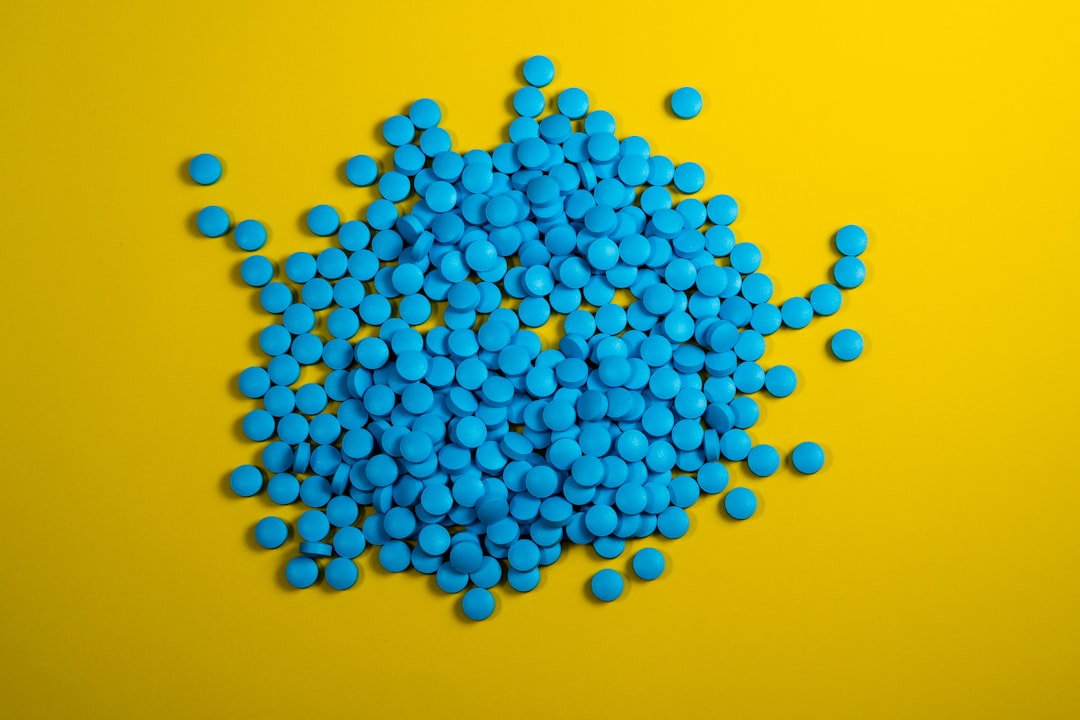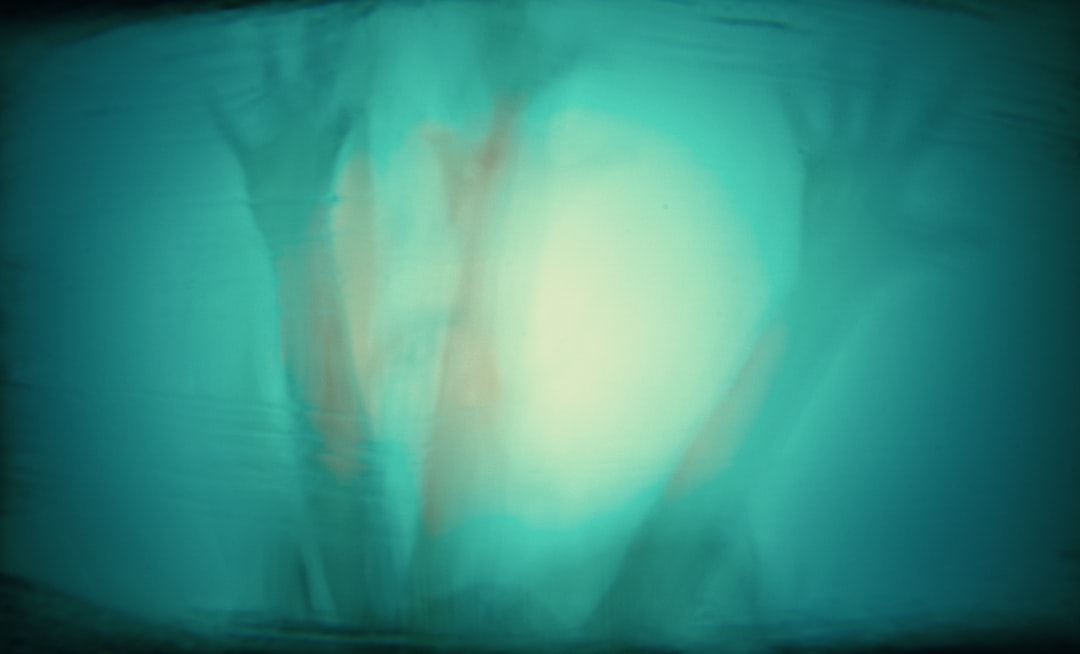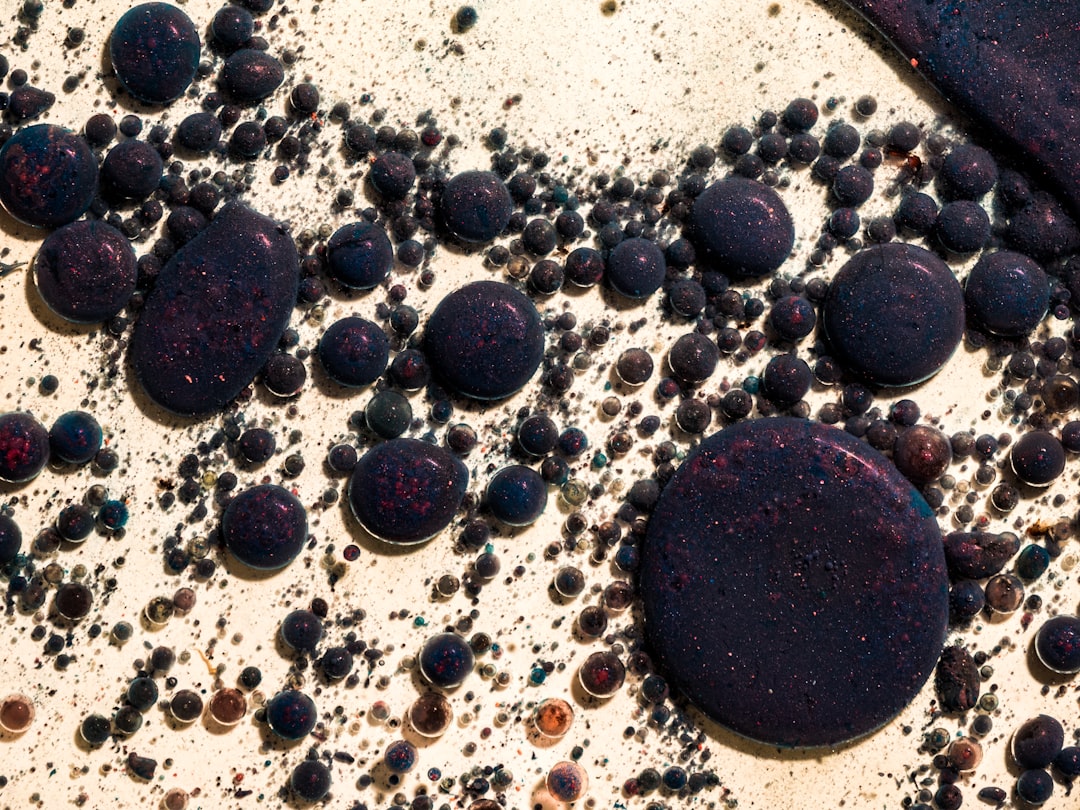What is it about?
Polystyrene nanoplastics (PSN) continue to pollute our natural water bodies and this may worsen with time. It is likely that the fish in these water bodies are exposed to these PSNs by eating or inhaling them. While there are reports on PSN hazard in aquatic systems, very little is known about the same in freshwater organisms such as zebrafish. In this study, researchers exposed zebrafish to different amounts of PSN in artificial freshwater for 20 days, and using mass spectrometry, they found that the fish's gut, liver, and gills had the most PSN, while their muscles and brains had the least. The researchers also studied how quickly the fish absorbed these tiny plastic pieces. They found that fish in water with fewer PSN took longer to reach a stable level compared to fish in water with more PSN. This information helps us understand how different body parts of fish are affected by PSN.
Featured Image

Photo by kate estes on Unsplash
Why is it important?
Plastics are used a lot, and it is predicted that we will make more than 521,800 tons of it by 2050. When plastic ends up in the environment, it can break into even smaller pieces, which we call nanoplastics. These can enter the food chain very easily when aquatic animals consume them. That's why it is important to know how PSN behaves in different organisms who live in water bodies. Understanding the distribution and behavior of PSN within these organisms can help us understand the extent of plastic pollution and risks to the aquatic ecosystem. KEY TAKEAWAY: This study mainly aims to find out the risks of tiny plastic pieces or PSN in aquatic environments. By understanding how these tiny plastics work in fish, researchers can provide valuable advice for assessing the risks to the environment and the process of these tiny plastics building up in fish. This research relates to the following Sustainable Development Goals: • SDG 14: Life Below Water • SDG 15: Life on Land • SDG 12: Responsible Consumption and Production • SDG 3: Good Health and Well-being • SDG 6: Clean Water and Sanitation
Read the Original
This page is a summary of: Qualitative and quantitative analysis of accumulation and biodistribution of polystyrene nanoplastics in zebrafish (Danio rerio) via artificial freshwater, Environmental Science Nano, January 2023, Royal Society of Chemistry,
DOI: 10.1039/d3en00017f.
You can read the full text:
Resources
SDG Showcase: Goal 14 – Life Below Water
More plain language summaries of research relevant to Sustainable Development Goal 14: Life Below Water – brought to you by the SDG Knowledge Cooperative
SDG Showcase: Goal 15 – Life On Land
More plain language summaries of research relevant to Sustainable Development Goal 15: Life On Land– brought to you by the SDG Knowledge Cooperative
SDG Showcase: Goal 12 – Responsible Consumption and Production
More plain language summaries of research relevant to Sustainable Development Goal 12: Responsible Consumption and Production – brought to you by the SDG Knowledge Cooperative
SDG Showcase: Goal 3 – Good Health and Well-Being
More plain language summaries of research relevant to Sustainable Development Goal 3: Good Health and Well-Being – brought to you by the SDG Knowledge Cooperative
SDG Showcase: Goal 6 – Clean Water and Sanitation
More plain language summaries of research relevant to Sustainable Development Goal 6: Clean Water and Sanitation – brought to you by the SDG Knowledge Cooperative
RSC Sustainable Development Goals Showcase
More plain language summaries from RSC relevant to Sustainable Development Goals
SDG Knowledge Cooperative
More plain language summaries of research relevant to all the Sustainable Development Goals.
Royal Society of Chemistry Climate Change Showcase
More plain language summaries from RSC relevant to Climate Change
Climate Change Showcase
More plain language summaries of research relevant to Climate Change
Contributors
Be the first to contribute to this page










